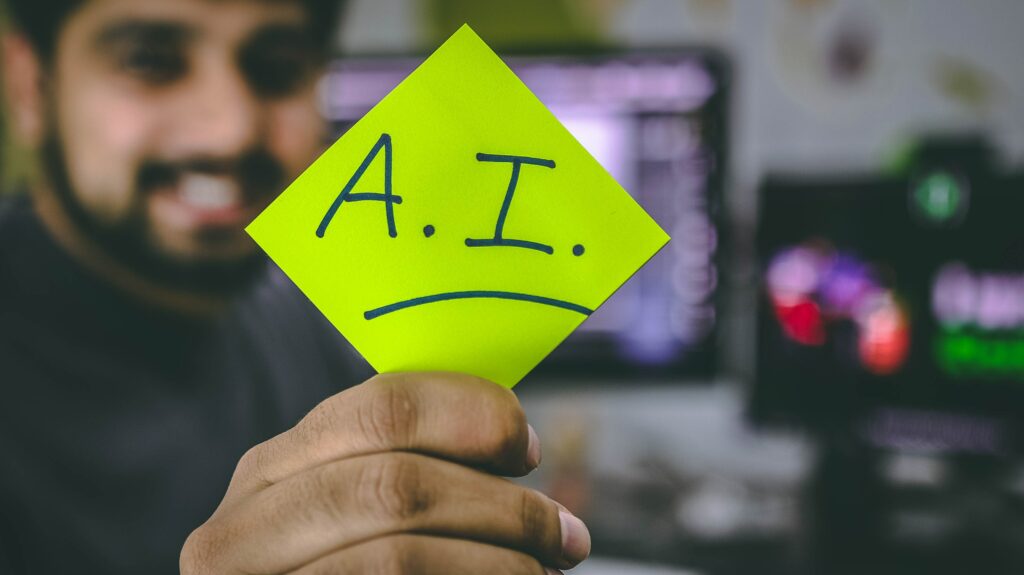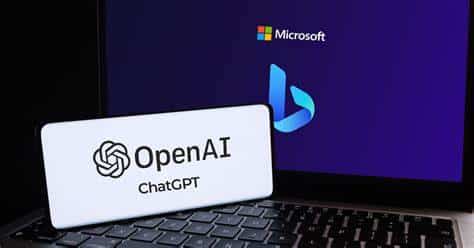
Introduction
Over the past six months, it has become evident that we are at the beginning of a significant technological era defined by artificial intelligence (AI).
While AI was once perceived as a threat to jobs, it is now increasingly seen as an opportunity. AI has the power to enhance the performance of workers in various fields, including programming, art, design, marketing, gaming, and education. Revolutionary tools like ChatGPT, Google Bard, Meta LLaMA and Microsoft Bing are transforming the way we work, study, and interact with information.
However, each tool has its own advantages and limitations.
ChatGPT, for example, stands out for its fast output and ability to generate results similar to how a human would type, showcasing remarkable creativity. However, its data is limited to information available up until September 2021. Nevertheless, recent plugins on their paid subscription model enable access to third-party knowledge sources and databases from the internet. The extent of the tool’s capabilities depends on whether you are using the free version or the paid subscription.
In this blog, we will explore the capabilities of generative AI tools, examine their potential impact on work and studies, and discuss how AI can be effectively managed and harnessed for positive outcomes.

ChatGPT: Enhancing Human-Machine Interactions
ChatGPT, developed by OpenAI, is an advanced Large Language Model (LLM) designed to engage in human-like conversations. With its extensive training on diverse text sources, ChatGPT can provide informative and insightful responses across a wide range of topics. In the workplace, ChatGPT can assist professionals in generating ideas, answering queries, and automating routine tasks. It facilitates collaboration, improves customer service, and streamlines decision-making processes. However, it is important to note that ChatGPT cannot provide information or events that have occurred since September 2021.
Additionally, OpenAI’s DALL-E 2 art generator allows users to input detailed prompts and receive corresponding images within seconds. This tool proves beneficial for business branding, social media content, design and vision boards, and so much more. The fact that the generated images are entirely machine-created makes them free for commercial use, which is a major advantage.
Google Bard: Elevating Creativity and Communication
Google Bard is an AI system specifically designed to leverage the power of machine learning and natural language processing. Apart from complementing Google search, Bard can be integrated into websites, messaging platforms, or applications to provide realistic and natural language responses to user’s questions. Bard is free for personal Google account users and excels at responding to more natural language prompts rather than relying solely on keywords. It provides contextualised responses instead of simply presenting a list of answers. Bard also handles follow-up questions effectively, although it can occasionally provide inaccurate or misleading information. While it may be slower and less fluent in output compared to ChatGPT, its real-time answers and up-to-date information can be advantageous.

Bing Chat: Unlocking the Power of Knowledge
In February, Microsoft invested over $10 billion to integrate ChatGPT into their Bing search engine. By leveraging AI algorithms from ChatGPT, Bing Chat delivers accurate and relevant search results, enabling users to access a wealth of information quickly and efficiently. Bing Chat excels in conducting in-depth research, locating reliable sources, and gathering valuable insights for work.
Bing Image Creator, powered by OpenAI’s DALL-E platform, provides a fast and free way to create AI-generated art. Accessible through Bing Chat, it allows users to refine their prompts and submit queries to generate desired images. When using Bing Image Creator, providing detailed prompts increases the likelihood of obtaining satisfactory results. For example, instead of requesting an “image of a dog sitting on a chair,” a more specific prompt like “create an image of a West Highland Terrier sitting on a chair with a tartan blanket in a green-painted room” would yield better outcomes.
Meta LLaMA: Open Source Model on a Smaller Scale
Within the realm of generative AI, the open-source community has embraced Meta’s LLaMA (Large Language Model Meta AI). Initially available to approved researchers and organisations in February, LLaMA became fully open source when it was leaked online in March.
LLaMA’s open-source nature makes it highly adaptable for developers, allowing them to download and run the model on their own computers. This flexibility sets it apart from ChatGPT and Google, which have limitations due to API constraints within their models.
Harnessing AI for Good
Recognising the importance of responsible AI development, Microsoft, Google, OpenAI, and Meta have taken steps to regulate the industry and focus on using AI for positive change.
Microsoft, for instance, employs AI to assist in developing new drugs and treatments for diseases. Through a partnership with the University of Washington, they have created an AI-powered system capable of predicting which patients are most likely to respond to cancer treatment. Similarly, IBM employs AI to improve healthcare in developing countries, developing an AI-powered system that diagnoses malaria and other diseases in remote areas. Google collaborates with Khan Academy to develop an AI-powered system that personalises learning for students, allowing them to acquire new skills, often at no cost. These examples demonstrate how prominent tech companies are utilising AI to make a positive impact on society while ensuring ethical and responsible AI usage.

Should AI be Licensed or Regulated?
In May 2023, OpenAI’s CEO, Sam Altman, testified before the Senate Judiciary Committee about the potential risks associated with artificial intelligence. Altman proposed the creation of a new agency tasked with licensing AI models that surpass a certain threshold of capabilities. Additionally, he suggested that AI models undergo safety testing before deployment. Altman’s testimony reflects the AI industry’s acknowledgement of the potential risks posed by AI and the need for regulation.
Determining whether AI and LLMs should be regulated and licensed is a complex issue with no simple solution. Multiple factors must be considered, including the potential risks and benefits of regulation, enforcement feasibility, and the impact on innovation. AI and LLMs have already demonstrated their ability to advance medicine, education, art, entertainment, and employment opportunities. Implementing regulation could potentially hinder innovation in these areas and restrict the societal benefits AI and LLMs offer.
It’s crucial to recognise that AI is a incredibly powerful tool – with the capacity for both good and harm. Policymakers will need to develop regulations that ensure ethical and responsible AI usage, without limiting its progress.
Conclusion
There is no denying that AI will continue to play a crucial role in our lives, transforming the way we work, study, and interact with information.
Striking the right regulatory balance is key to the safe development of language models and AI.
Regulation should encourage responsible practices, transparency, and accountability without stifling innovation or imposing unnecessary limitations. It should address ethical considerations, data privacy, security, and potential biases to nurture the full potential of LLMs and AI while safeguarding against misuse.
Achieving this delicate balance will allow society to harness their transformative power while maintaining trust and maximising their positive impact.
